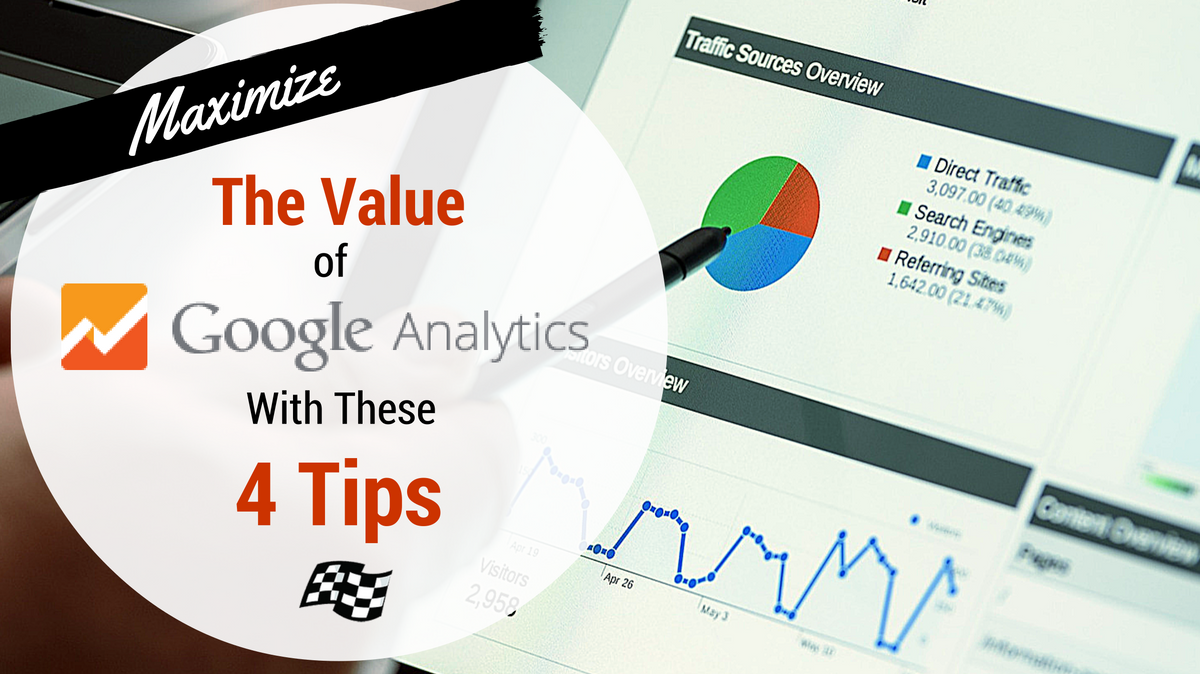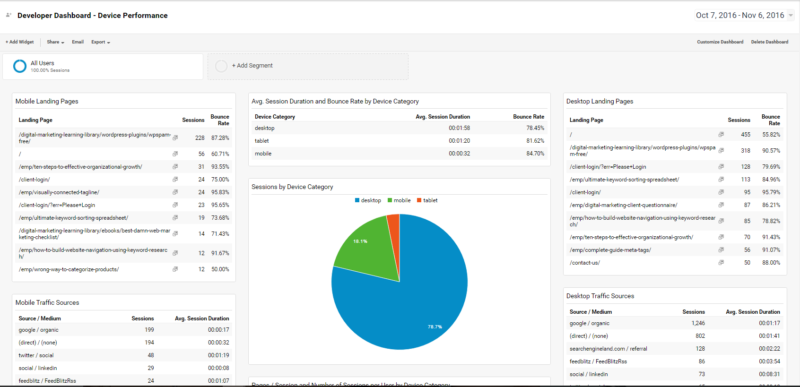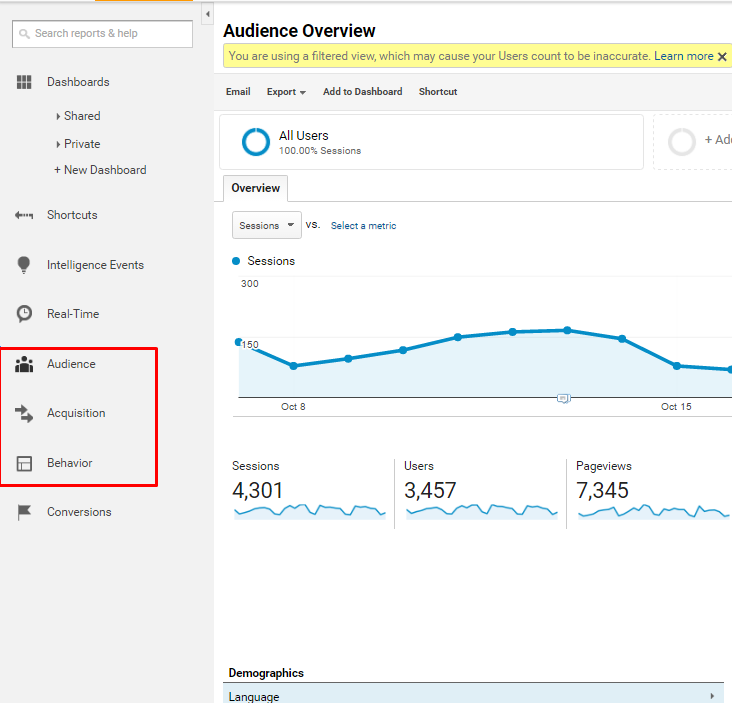
From a digital marketing point of view, few things are more valuable to campaigns than Google Analytics. You can learn just about anything you need to know about traffic sources, demographics, and content engagement. However, in order to make the most out of Google Analytics, you have to know what you’re doing.
Four Tips for Making the Most Out of Google Analytics
The wonderful thing about Google Analytics is that it’s free. Very few things in the business world – particularly of this magnitude – are free. If you aren’t doing everything you possibly can to maximize this resource, then you’re doing your business a disservice.
With that being said, here are some practical tips for getting the most out of Google Analytics.
![]() Here are some practical tips for getting the most out of Google Analytics.
Here are some practical tips for getting the most out of Google Analytics.
1. Design Customized Dashboards
When you open up your Google Analytics account, you’ll notice there are a bunch of preloaded tabs and data points waiting to be reviewed. But these default settings won’t give you the total picture.
“Many companies use Google Analytics (GA) as an easy and affordable way to track visitor behavior on their company website,” says datapine, a leader in data visualization software. “To gain a deeper understanding of your visitors, tracking is of course just the first step. A well designed Google Analytics dashboard will give you an ideal overview of your all your major website KPIs.”
By creating dashboards for specific goals and campaigns, you can dive a little bit deeper into Google Analytics and begin to extract even more value. You can create a dashboard from scratch, use templates from others, or even use a third-party tool.

2. Ignore the Information That Doesn’t Matter
There’s a ton of information hidden inside Google Analytics. In fact, you could make it your full-time job to sift through data, trying to come up with valuable insights. Assuming you have other more important things to do, you’ll have to find ways to ignore the information that doesn’t matter and pursue the data that’s relevant.
For the purposes of marketing, you’ll get the most out of honing in on three sections in particular:
- Acquisition
- Audience
- Behavior

“Focusing on these three sections will help you save time when digging through Google Analytics,” social media marketing consultant Julia Jornsay-Silverberg explains. “When used together, the information uncovered can help you make decisions about which marketing efforts (be it guest blogging or social media posting,) are most useful in driving website traffic.”
3. Install the Right Add-Ons
While there’s a lot built into Google Analytics, you can simplify things and maximize the return on your time investment by using a few add-ons. Social media consultant Kayleigh Moore is quick to point out add-ons like Google Tag manager, Quill Engage, Wordsmith for Marketing, and Campaign URL Builder.
4. Train Your Employees
Finally, you should ensure as many people as possible within your organization know how to use Google Analytics efficiently and effectively. If you are the only person who knows how to use it, then chances are you aren’t maximizing the value of this incredibly powerful resource. Each new person you train brings something unique to the table. As they say, the more the merrier!
Don’t Miss Out on This Opportunity
Companies in past decades would have paid millions of dollars for the same access to valuable data and insights that Google gives you for free. That’s not hyperbole. We’ve been so inundated with cool technologies and flashy resources that it’s easy for us to forget just how valuable a tool like Google Analytics is.
Don’t miss out on this opportunity to track and analyze data that matters to your company. The better you learn how to use Google Analytics, the more value you can extract.
